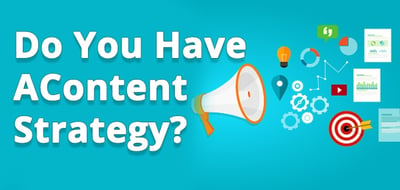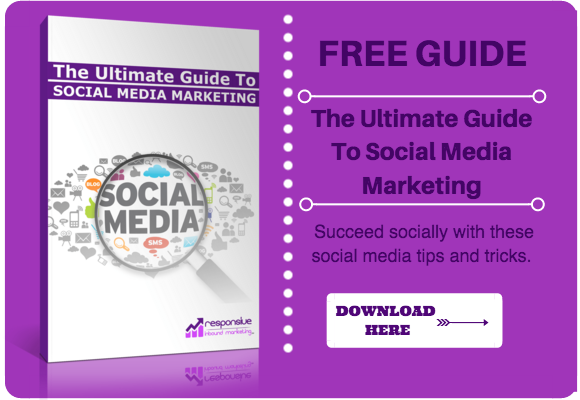Using content to market your business isn’t anything new – even before the internet, companies distributed content in the form of brochures and articles. But today’s idea of content marketing is different. It’s targeted at providing customers with helpful information; it’s non-interruptive; and it’s anything but a sales pitch.
 It was only just 2014 when the definition of content marketing was born, according to HubSpot. They define content marketing as:
It was only just 2014 when the definition of content marketing was born, according to HubSpot. They define content marketing as:
“A strategic marketing approach focused on creating and distributing valuable, relevant, and consistent content to attract and retain a clearly defined audience – and ultimately, to drive profitable customer action.”
Today’s content marketing is strategic and customized; it meets customers where they are, and leverages data to drive a specific customer action.
So why content marketing, and why now? Companies are spending more time, thought, money and planning than ever before on having a content strategy in place. Why? Because over 80% of customers research a product online before purchasing it. Gone are the days when just one marketing strategy (outbound) was enough to keep your business thriving. Now customers are constantly researching products, reading articles, and checking out reviews; nearly 60% of searches come from mobile. Meeting the needs and habits of your customers is the reason why you need a content strategy in place.
[DOWNLOAD]

As marketers ourselves, we love data. Here are some figures to show you why your business will struggle without a content strategy in place.
- 88% of marketers said their organizations used content marketing in 2016 to further their goals.
- 52% of marketers who don’t currently use content marketing say they plan to implement a strategy over the next 12 months.
- 82% of marketers who blog see positive ROI.
- B2B companies who blogged 11+ times per month earned almost 3x the traffic as companies who blogged just once per month.
- Content marketing costs 62% less than outbound marketing.
- 78% of consumers will trust your brand if you create more customized content and 61% of consumers are influenced by customized content.
Statistics and figures collected from: Neil Patel, HubSpot, Dragonsearch
A well-planned content strategy drives traffic, captures leads’ contact information and converts those leads into paying customers. If that’s not enough reason to believe in content marketing, here’s the icing on the cake: it saves you money as compared to other marketing strategies and builds trust with your audience.
At this point, we might have helped you make up your mind about how much content marketing is essential for your business. Great! Before you dive into a plan for implementing a new strategy, however, it’s important to remember that creating content and watching it work its magic takes time and a lot of work.
Here are some tips to help you get started:
- First of all, document your strategy. Doing so will keep you honest and make sure you’re sticking to your goals. Having a documented strategy will save you time in the future, says content marketing expert Neil Patel. If something is working, repeat it!
- Optimize your content. You can hire Ernest Hemingway (well, not really) to write your content or the most high-profile producer to create a beautifully edited video, but if that content isn’t optimized for search engines, your time and money is wasted because it doesn’t stand a chance of getting found. Put some time aside to do keyword research, make sure your keywords are well-placed on your website and blog, and practice good link building tactics.
- Measure its performance. When it’s done right, content marketing takes a lot of research and planning. Even so, the best intentions can fall flat due to unforeseen circumstances like changes in customer behavior, a new google algorithm, or a new trend in the industry. Consistently measure KPIs like lead generation, click-through rate, and bounce rate to make informed decisions about your content strategy.
- Content Promotion. Creating and publishing your content is part of the strategy. You must promote your content through social media, email marketing, and yes, even outbound methods. Don’t stop there – find other thought leaders in your industry and promote your content on their blogs.
It’s in your company’s hands to drive traffic and earn trust and business from your leads. Why not start your content marketing strategy today and beat your competition to the punch?
